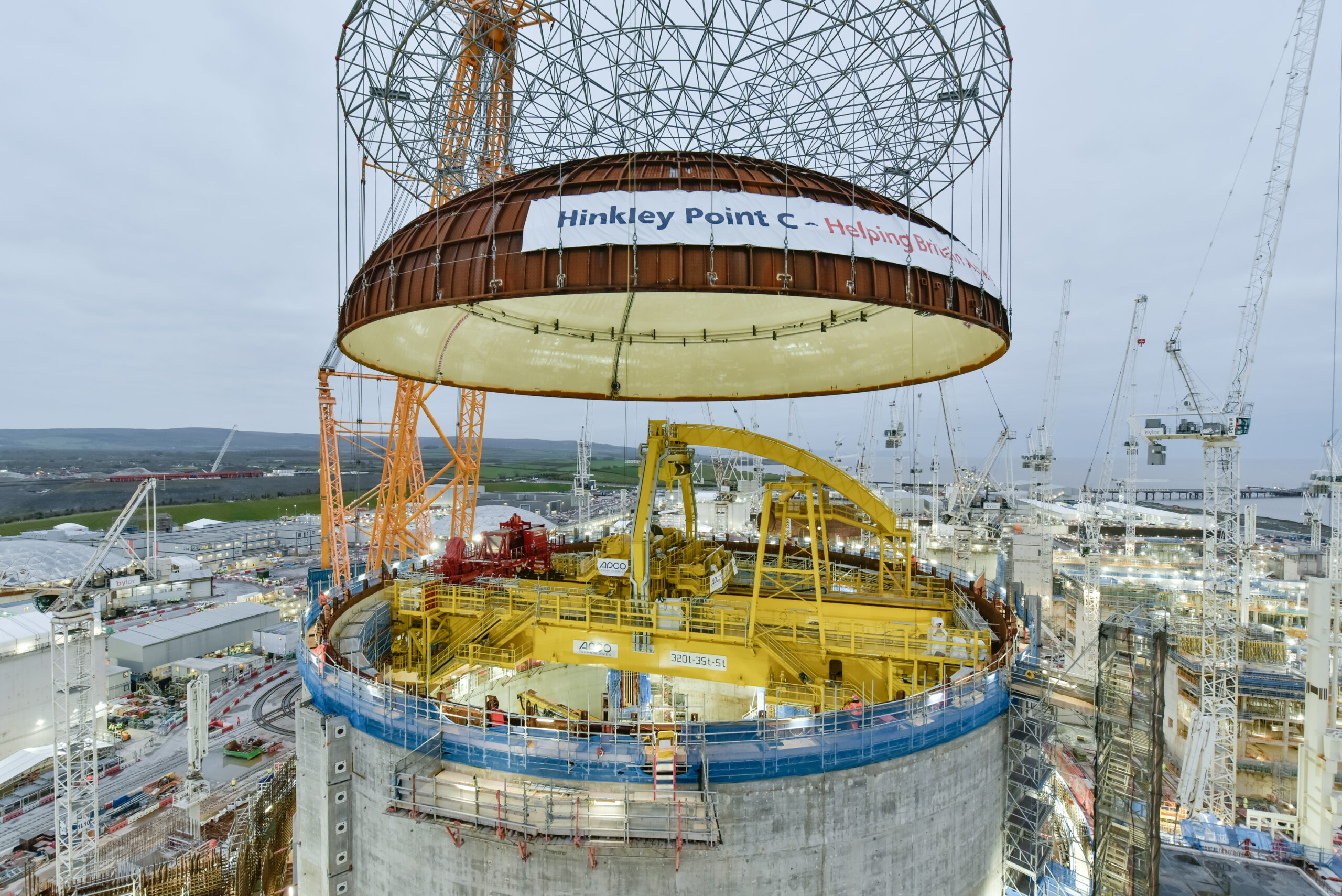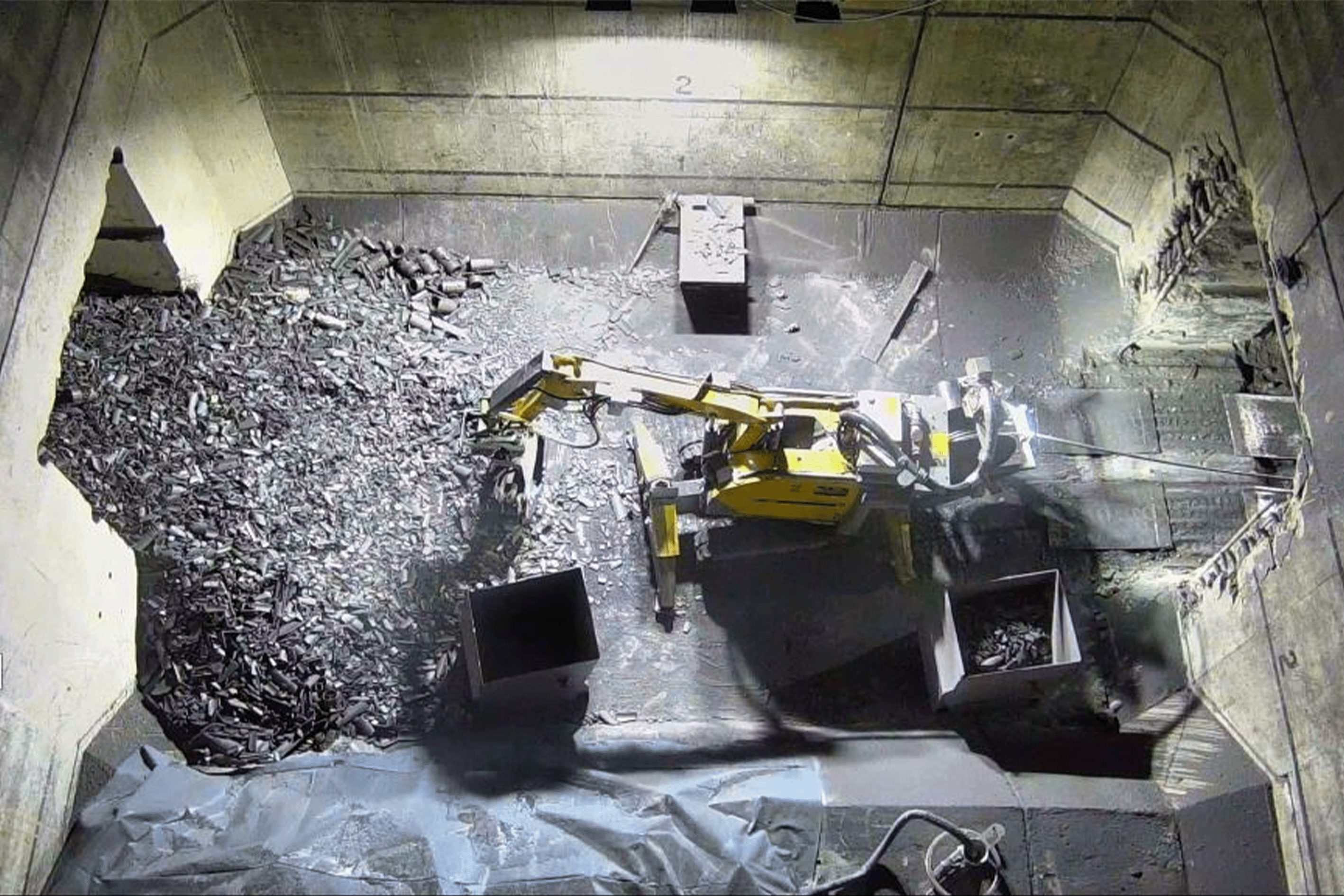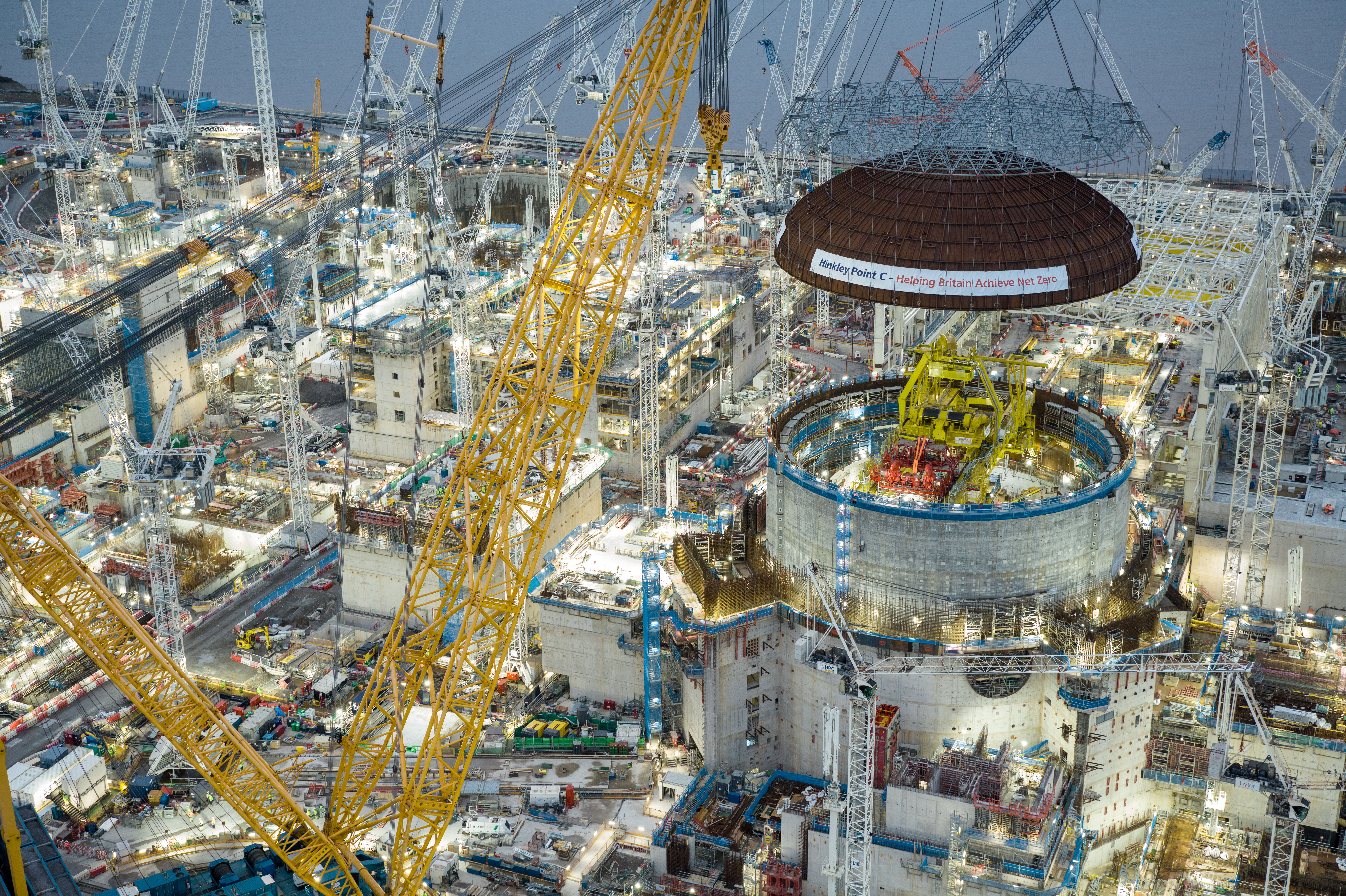Collaboration between nuclear and renewables key to accelerating net zero in the UK
The United Nations Economic Commission for Europe (UNECE) has found that nuclear has the:
- Lowest lifecycle carbon of all technologies
- Lowest land use of all low-carbon technologies
- Lowest mining and metal use of all low-carbon technologies
Nuclear power produces less CO2 emissions over its lifecycle than any other electricity source, according to a new report by UNECE. In its analysis of lifecycle greenhouse gas emissions, the commission found that nuclear has the lowest carbon footprint, measured in grams of CO2 equivalent per kilowatt-hour (kWh) of electricity, of any technology.
The report also finds nuclear to have the lowest lifecycle land use, as well as the lowest lifecycle mineral and metal requirements of all the clean technologies. Nuclear’s sustainability makes it a vital tool in helping Britain achieve net zero alongside renewable sources.
Nuclear and renewables are all zero-carbon at the point of generation, but every electricity source produces some CO2 at various stages, including construction, operation and decommissioning. The UNECE study says nuclear ranges from 5.1 – 6.4g CO2 equivalent per kWh of generation. For comparison, wind is 7.8 – 21g CO2 eq./kWh and solar ranges from 7.2 – 83g CO2 eq./kWh. All are many times lower than gas at 403 – 513g CO2 eq./kWh and coal at 753 – 1095g CO2 eq./kWh.
The UNECE report supports the findings of a separate independent report into the lifecycle emissions of Britain’s newest nuclear power projects, Hinkley Point C and Sizewell C. That report found that the two projects were likely to have a lifecycle impact of 5.5g CO2 eq./kWh.
The two projects would have the lowest carbon intensity and highest clean energy output of any in British history.
Reacting to the UNECE report, Tom Greatrex, Chief Executive of the Nuclear Industry Association, said,
“Here we have a detailed, scientific assessment confirming nuclear as a green and sustainable technology, that uses less carbon, less land, and less material than any other. If we are serious about cutting emissions and meeting net zero targets, we must act on the science and build new nuclear alongside other low-carbon sources of energy.”
ENDS
Notes to editors
- The UNECE report can be found here: https://unece.org/sites/default/files/2021-10/LCA-2.pdf or through their Carbon Neutrality Toolkit: https://carbonneutrality.unece.org/.
- The UK has seven generating nuclear power stations, providing around 16% of the country’s electricity.
Nuclear has saved the UK 2.3 billion tonnes of carbon emissions, far more than any other source. The saving is equivalent to all UK emissions from 2015 through 2020. - Four stations will retire by March 2024, including Hunterston B by 7 January 2022, and all but one will retire by 2030.
- Nuclear provides 10% of global electricity, enough for hundreds of millions of people, and has saved more than 70 billion tonnes of carbon emissions in total.
About the Nuclear Industry Association
As the trade association for the civil nuclear industry in the UK, the Nuclear Industry Association represents more than 200 companies across the UK’s nuclear supply chain.
For further information, please contact:
Iolo James
Media & Communications Manager
[email protected]
07517108023










